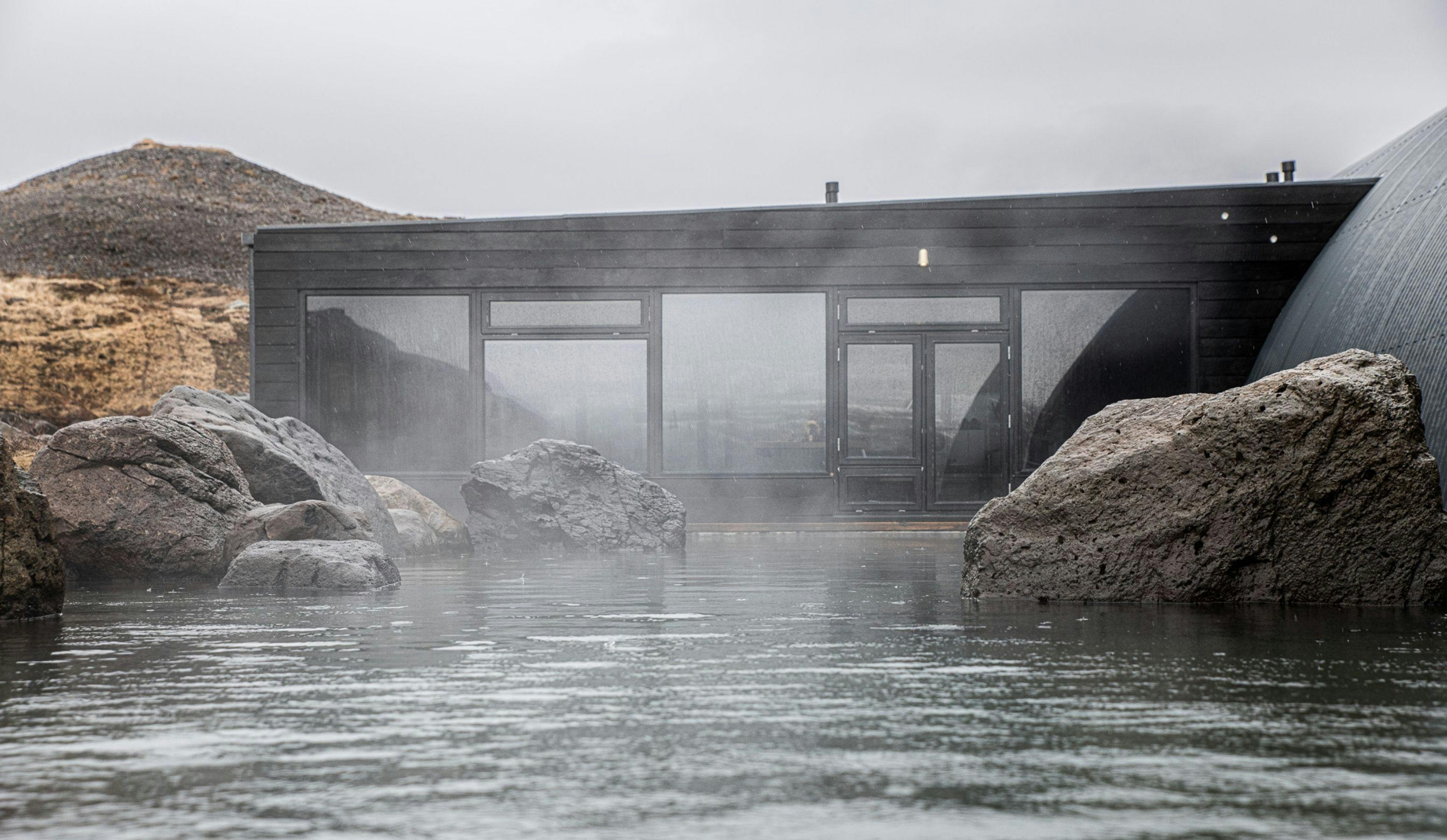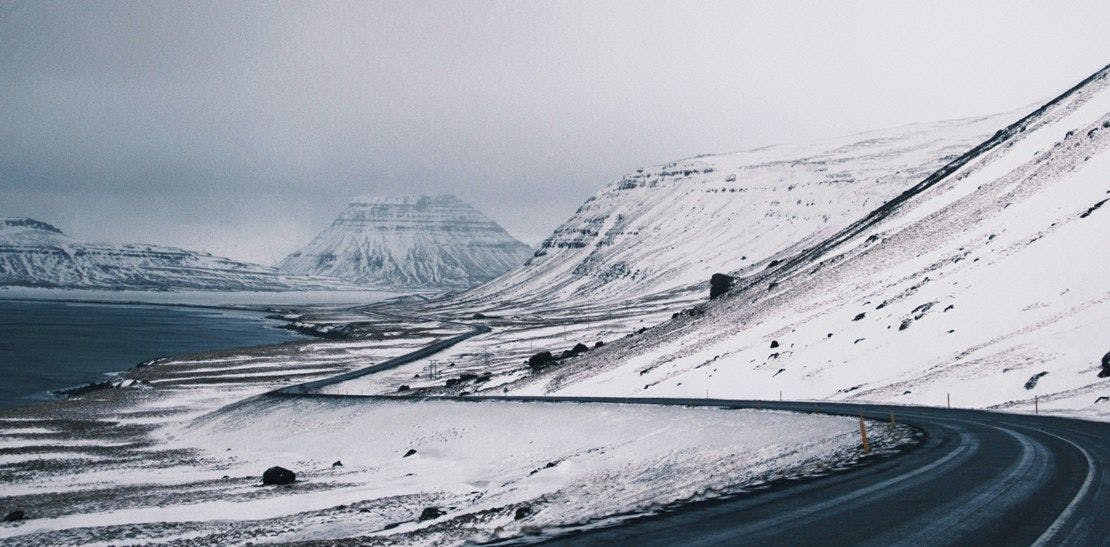
Driving in Iceland
Driving in Iceland During the Winter
During the winter months Iceland’s frosty weather can transform it into a beautiful scenic winter wonderland, yet can create less attractive driving conditions. Deciding whether or not you should drive this time of year is largely dependent on what your comfort level is for driving in the ice and snow. Road conditions can vary widely, but with advanced planning, taking precautionary measures, and knowing weather forecasts, driving in Iceland during the winter is overall safe and doable.
Plan Ahead
The main roads in Iceland are paved and regularly cleared in the winter, so getting around in heavily travelled areas is rather easy. However, the dirt or gravel that are primarily in rural and mountainous areas are not maintained and often closed during the winter months. Such road closures are generally caused by snow, ice, or flooding and occasionally because of avalanche warnings.
The weather is constantly changing, so be sure to properly prepare when traveling in the winter. Temperatures can drop quickly, high winds and snowstorms can occur, and road conditions can vary. When driving, be aware that black ice frequently forms on bridges and shady areas; and, even though snow may not be sticking to the roads, it can drastically reduce visibility.
If your travel agenda involves traveling longer distances, take into account the short winter days. With only 3 to 4 hours of daylight, besides the potential of affecting driving visibility, there’s nothing worse than arriving at your destination and it being too dark to enjoy.
Check Road Conditions
The road and weather conditions will vary, depending on where you’re traveling. Typically, the western and northern areas are colder and get more snow, while weather in the southern portion of Iceland is milder.
It’s a good idea to plan your trip in advance and check conditions before heading out. The Icelandic Road Administration updates their website with current road conditions and map views complete with a color coded map legend that indicates potential dangers and road closings. You can also get a firsthand look of specific roads by checking out their webcams via Vegasjá, or calling 1777 for current road conditions.
Consider all the details and use these helpful tips to ensure your trip is enjoyable and safe:
- Be aware of icy conditions: The cold temperatures cause roads to become icy and slippery, especially in the higher altitudes. Icy conditions in these areas can occur as early as October and November and last until April. Choosing a vehicle with studded tires and 4WD offers extra protection when driving on icy roads.
- Have a GPS: With just a few hours of daylight this time of year, before heading out to explore the new or remote areas of Iceland, make sure you have a GPS in the vehicle so you can avoid getting lost.
- Check your fuel levels: Iceland has gas stations throughout the entire country, but planning stops is beneficial. Keep the tank filled and be sure you have your debit or credit card because many of the stops are self-serve.
- Be prepared for all types of weather and road conditions: Prior to hitting the highway, pack a few emergency essentials. Weather conditions can change quickly and misfortunes are unpredictable. Hopefully you’ll never need them, but if something happens, you’ll be glad you stashed a few things.
Consider packing the following items:
Ice scraper
Collapsible snow shovel
Winter and waterproof clothing, shoes, gloves
Flashlights and extra batteries
Snacks
Water
Blankets
Printed road map
First aid kit
The colder temperatures cause batteries to lose charge faster, so have spare batteries for your cell phone and flashlight. Storing them in your pockets or in an insulated bag will also keep them charged longer.
- Exercise caution: When driving in snow or ice, allow yourself extra time to reach your destination. While it is important to be aware of the legal speed limits, always adjust your speed in threatening weather conditions. Speed limit signs aren’t generally posted on the roadways and vary depending on where you’re traveling. For instance, the speed limit in urban areas is 50 km/h, 30 km/h in residential areas, and 90 km/h is the absolute maximum speed which is limited to paved roads outside of city limits and villages.
Be Familiar with Iceland Laws
Knowing the speed limit rules is important, but you should also know that Iceland road laws are strongly enforced. Know the rules to reduce the likelihood of being ticketed or fined.
Check out these driving safety rules and tips:
- Motorists are required to run headlights day and night throughout the year, regardless of brightness.
- Everyone is required to wear seatbelts.
- Travel only on marked/numbered roads. Off-road driving causes long-lasting damage to the natural environment and is strictly forbidden.
- Obvious driving rules include no drinking or cell phone usage.
- Slow down when road surfaces change to prevent an accident.
- Pay attention to posted caution signs that alert you to inclines, surface changes, sharp turns, and so on.
- Animals are often on the roadways and hitting one is dangerous and may result in a penalty. During the winter months, reindeer are common, but livestock animals including sheep, horses, and cattle also graze freely, especially during the warmer months.
In addition to checking websites for road conditions and weather forecasts, have conversations with some of the locals. Whether you choose to stop at a visitor’s center or make an inquiry at a local restaurant or store. Icelanders are very friendly and well adapted to the area, so heed their advice about winter road conditions.
Finally, while driving here the winter requires a bit of extra planning and cautionary measures, don’t let that deter you. Again, the main roads are well-maintained and cleared as soon as possible, so maneuvering in those areas should be no problem at all. Plus, having access to your own transportation allows you to explore on your own schedule, making the most of the scenic views, fun activities, free attractions and daylight hours.
POPULAR ACTIVITIESPowered by:

We recommend booking tours and activities with our friends at Reykjavík Tourist Info. They offer all the most popular things to do, and their prices are always great. Here are a few of our favorite tours.
On their site you can see everything they have to offer: www.RTI.is
EXPLORE FURTHER

Arctic Fox Wildlife in Iceland: A Look at Conservation Efforts with The Arctic Fox Center
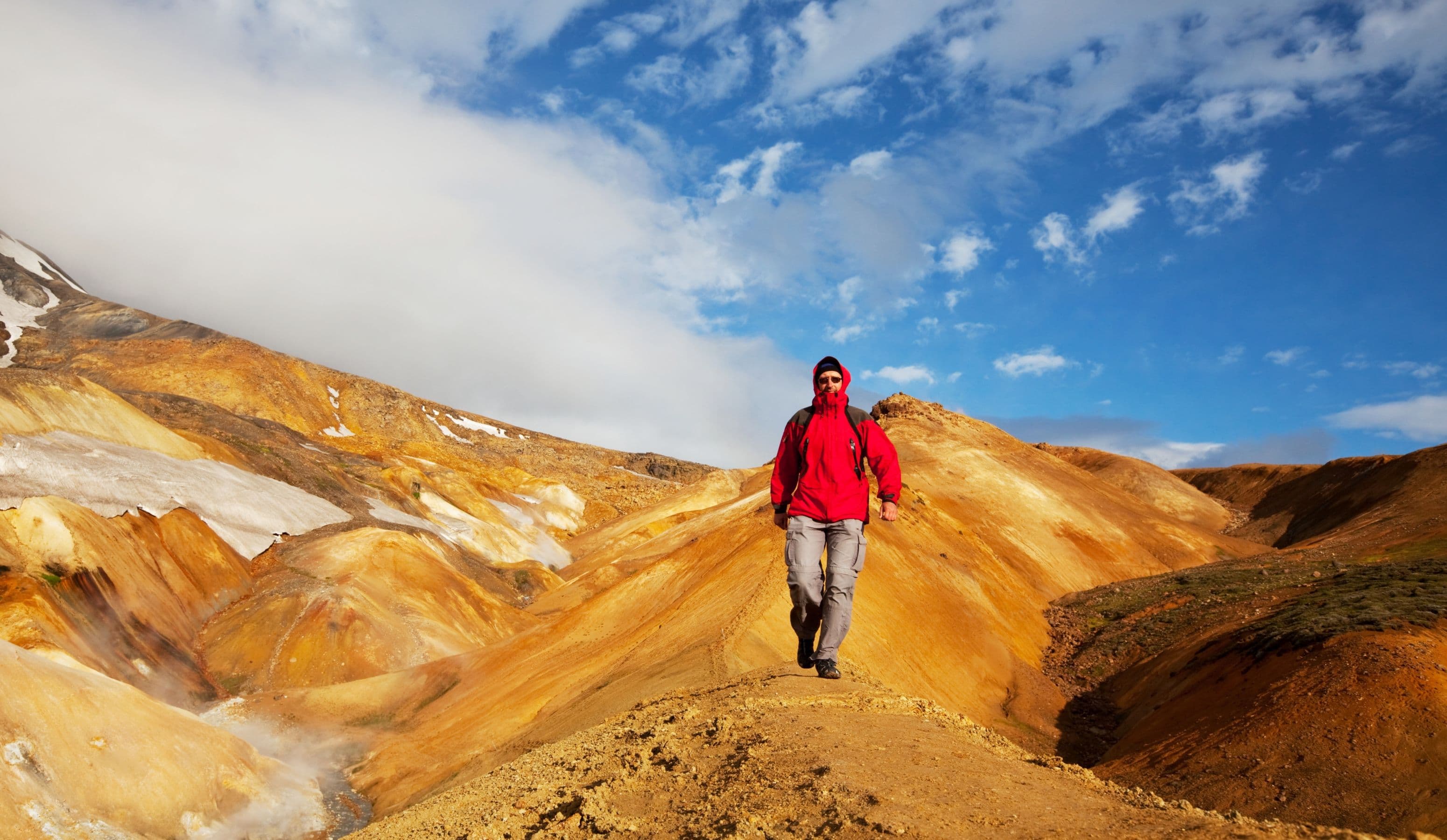
Exploring Iceland in July: A Comprehensive Travel Guide

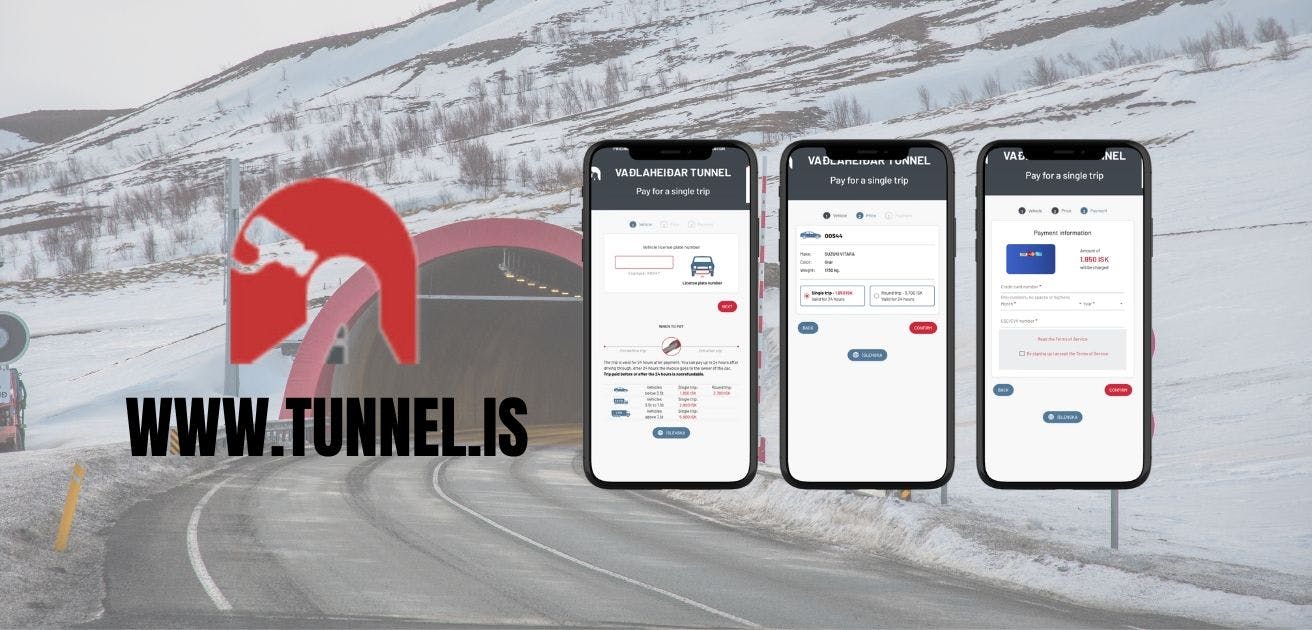
Vaðlaheiði Tunnel and how to pay

Exploring Iceland in September: A Comprehensive Guide


Wakeboarding Adventure in Iceland's Westfjords: Ride the Waves of the North Atlantic

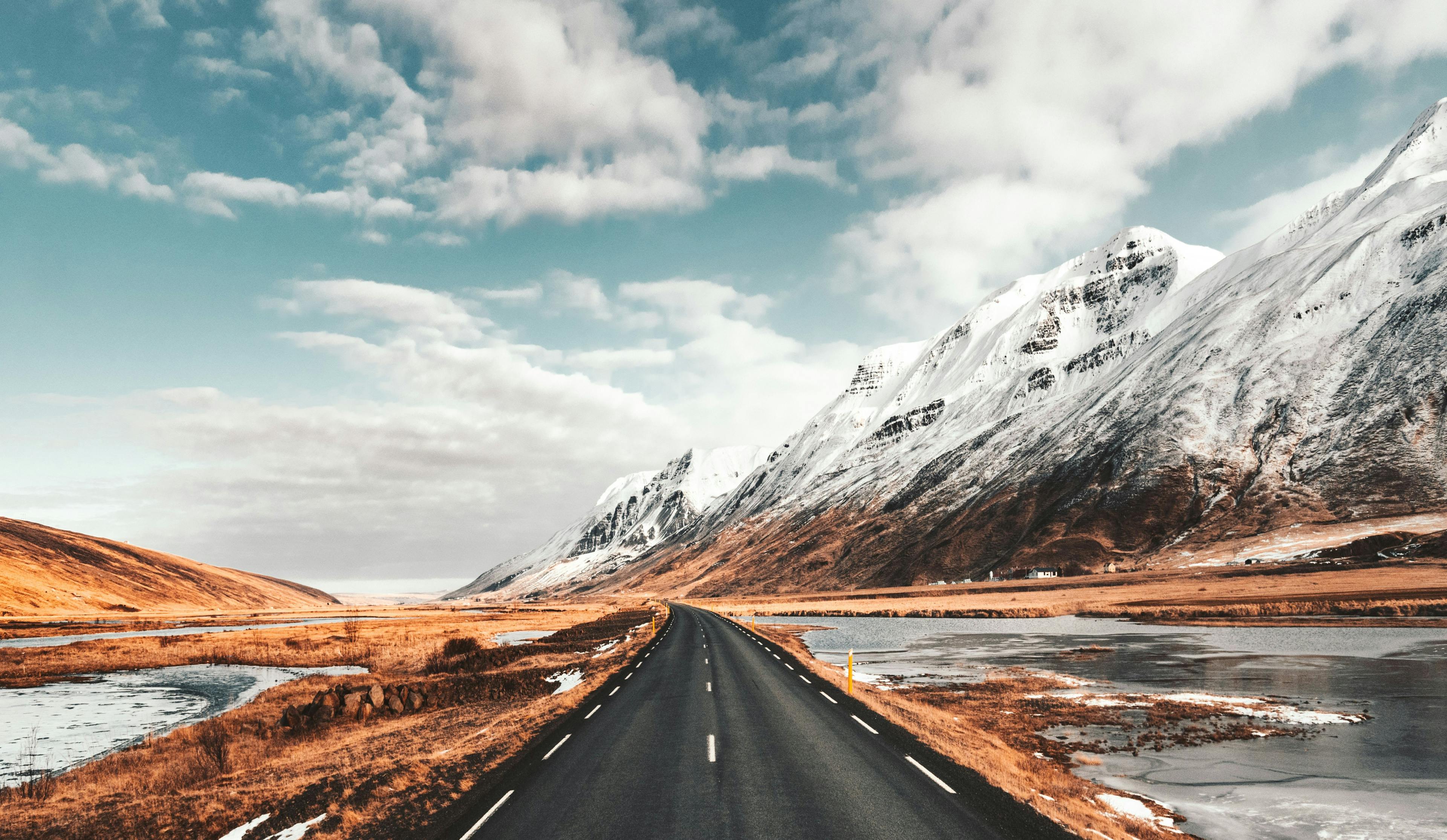
Exploring Iceland in April: A Comprehensive Guide for the Start of Spring in the Country

Réttir: Iceland's Annual Sheep Roundup – A Celebration of Tradition and Community

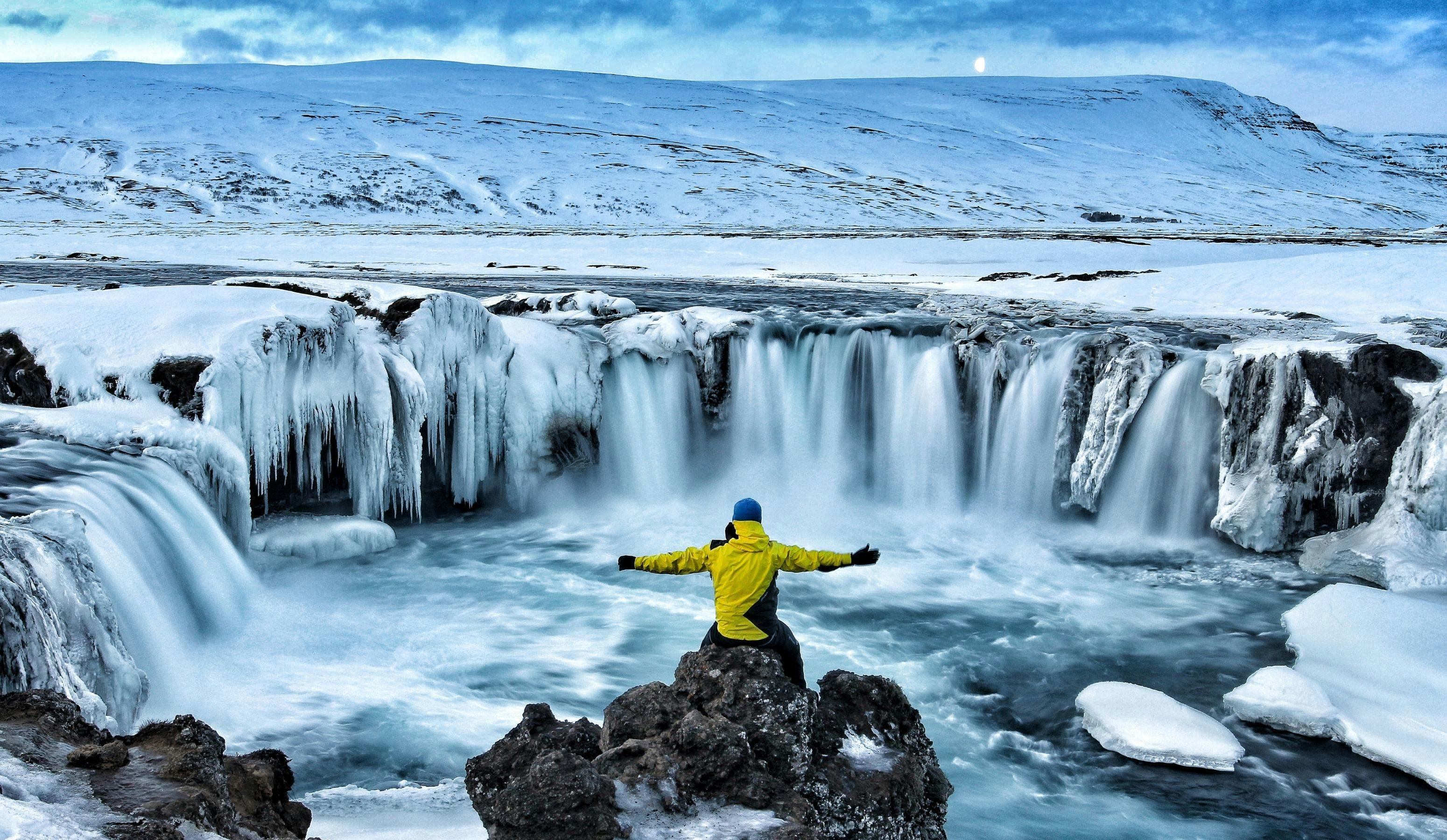
Visiting Iceland in March: Longer Days, Northern Lights, Glacial Hikes & More
Hear from Our Customers
Welcome to Our Community - your hub for insightful reviews and authentic opinions. Join us in shaping the conversation where your voice matters!

